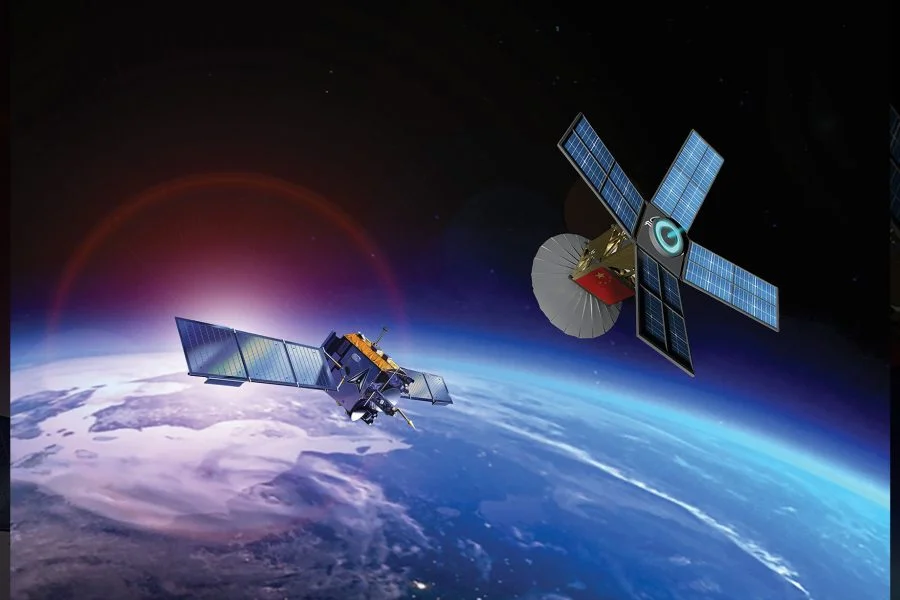
Space Race Heats Up: US Space Force “Buzzes” Chinese Satellites Amid Rising Concerns
The space race is intensifying! Recent reports indicate a U.S. Space Force satellite, USA 324, engaged in close proximity maneuvers with two Chinese satellites, TJS-16 and TJS-17. This comes as nations globally are increasingly aware of threats in space, including the development of anti-satellite weapons.
Orbital Watch, a newly launched Space Force program, aims to share declassified U.S. government threat intelligence with the private sector and other commercial space companies. Officials envision it as a "Neighborhood Watch for space," distributing orbital threat data from both governmental and private sources. However, experts highlight the challenges of integrating disparate data streams and improving information sharing across the space domain.
COMSPOC, a commercial provider of space situational awareness software reported that USA 324, a Geosynchronous Space Situational Awareness Program (GSSAP) satellite, was "checking out" two Chinese satellites recently.

Specifically, on April 26 and 29, USA 324 made two close passes to China's TJS-16 and TJS-17 satellites, coming within 10.5 miles and 7.4 miles, respectively. The purpose of these maneuvers is currently unclear, raising questions about potential surveillance or counter-surveillance activities.
Jonathan McDowell, an astrophysicist at the Harvard-Smithsonian Center for Astrophysics, weighed in on X, stating: "To be clear, I do not object to [U.S. Space Force] making such maneuvers. I object to the U.S. complaining when other countries do the same things we are doing." His comment highlights the complexities and potential for escalating tensions in the burgeoning space rivalry. It is also interesting that Chinese companies are welcome to submit data to the Front Door.
While China claims the TJS-16 and TJS-17 satellites are designed for satellite communication technology verification, Western analysts suspect they are conducting classified missions, including satellite inspection activities to support China's armed forces.

As U.S. Space Force continues to enhance its space situational awareness capabilities, the actions surrounding USA 324 act as a reminder of the escalating tensions and strategic importance of space dominance. Whether these maneuvers are merely observational or indicative of a more assertive posture in the space domain, they signal a new era of competition above the Earth.
What does this increased activity in space mean for international relations and the future of space exploration? Leave your thoughts and comments below!